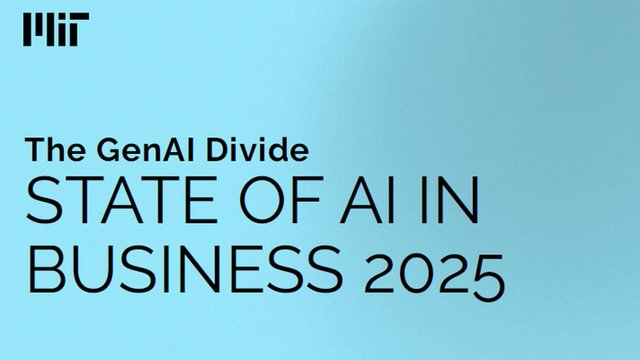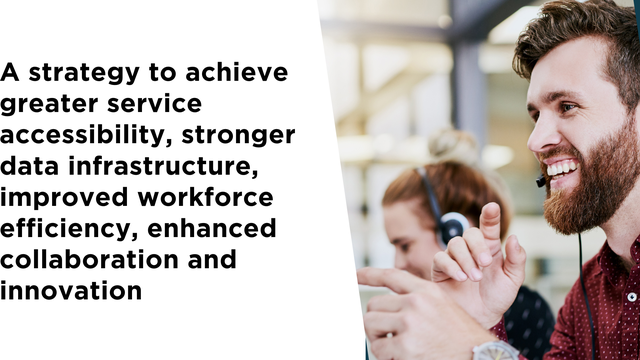Strategically Managing Information Assets to Improve Usability

Keynote Session: Architecture, Skills, and Governance: Insights into WorkSafe Victoria’s Data Transformation Agenda
Government Speaker: Kathryn Gulifa, Chief Data & Analytics Officer, WorkSafe Victoria
A Continuous Transformation Journey
These days, with the pace of change occurring so quickly, every industry and every organisation needs to continuously adapt and transform just to stay relevant. An organisation like WorkSafe Victoria, which looks after the health and safety of Victorian workers, constantly needs to update its strategies and transform its practices. Kathryn Gulifa , the Chief Data & Analytics Officer, says that they began their most recent “workplace transformation journey with an ambitious transformation agenda” in 2017. It was about setting themselves up for 2030 and “digitising the place-based business processes, like the workplace inspections,” which is at the heart of their work.
Inspecting businesses for health and safety is what the majority of the field officers do, and until 2017 or even later, many of these officers would go out on their inspections with “pens and notepads, copies of the Health and Wellbeing Act, laptops, printers and other sorts of equipment.” Part of the goal of the transformation process was to simplify and minimise the process and equipment, whilst part of it was also to “bring the power of predictive analytics to provide a risk-based approach to the workplace inspections.” On the insurance side of the business, the goal was to “digitise, simplify and personalise the recovery process to improve return-to-work outcomes.”
The Importance Of Data And Analytics
Given the amount of data involved in each process, “the whole strategy was underpinned by data and analytics as a key pillar of the strategy.” Importantly, this was identified early and thus the “board and executive team were on board and understood the value of data and analytics.” The first deliverable was the implementation of a new CRM (customer relationship management) platform “that was initially focussed on managing the inspector at the operations.” The strategy document that lay behind the implementation was “several hundred pages long and described the requirements that drove the development and analysis of the CRM.”
Luckily and wisely, it was “a people and process led strategy, not tech-led,” but that didn’t stop things from going awry. Even with all the documentation and preparation, “we found that things didn’t necessarily come together with the way that we’d intended them to.” The first issue at the first pilot installation was that “some legacy processes didn’t quite fit, largely driven by high levels of customisation.” This challenge was relatively easy to overcome, but it took time which created “a whole backlog of remediation activity” that needed to be completed before the “subsequent rollout of the CRM across the other pilot teams.”
The Impact Of The Pandemic
All of this happened in late 2019 and early 2020. Then the pandemic hit and everything changed, but not necessarily in a bad way. For one thing, “we realised that we could actually work remotely.” In some ways, this sped up some of the processes and implementations. Though it also became clear that workplaces were at high risk, so “virtually overnight there was an increased expectation in terms of our ability to report on what was happening in workplaces.” At that point there was a requirement for organisations to report to WorkSafe “when there was a positive COVID case within their workforce,” but WorkSafe needed to have the technology set up to then record and process all of that information. So in many ways, it was the pandemic “that actually forced us to really transform and to break down some of the barriers internally.”
“When the pandemic hit, suddenly the work of our business transformation unit and the business-as-usual operations collided. We had an immediate, urgent business priority that needed attention, but our enterprise architecture just wasn’t stacking up.”
Kathryn Gulifa, Chief Data & Analytics Officer, WorkSafe Victoria
The real problem was that there was no consistency and “no validation.” Any issue at any workplace would be entered into the new CRM either by a member of the public through the online portal, or by someone in the call centre. But any business with multiple names or multiple outlets could appear on the CRM in any number of ways, and “really the data quality was at the mercy of the person who inputted that information.” There was no link between the CRM and the legacy field program, and the only way to discover any connection between disparate pieces of data was “by doing a manual search.” The inspector’s report would then also be uploaded, but only under one of the names, and if a recent inspection had already taken place at the same venue but the name was entered differently, there would be no way of knowing, and there was “no linking key between all of these systems.” The problem was identified, but until it could be addressed, it meant that “we had teams of analysts running seven days a week,” and clearly “it was really unsustainable.”
One of the main issues was that the CRM had not yet been fully implemented. Only the pilots were running, but that was soon upgraded and the full CRM rollout greatly helped. It “enabled us to deliver quick insights, as well as interactive dashboards.” But more importantly, the processes and the pandemic helped “to transform and inform the way that we worked.” So instead of conducting an inspection of every business either randomly or based on every notification, “we were able to develop risk models that proactively targeted those high-risk workplaces.” Rather than the random or reactive approach, “we saw more notices issued and were recognised by our Minister as best in class.” On top of that, “it’s amazing how many boundaries came down through interagency interaction as a result of the COVID initiatives.”
Lessons Learned
Eventually, after the successful CRM rollout, other parts of the strategy were implemented too, though since it is a strategy till 2030, it is still in its infancy. Nonetheless, the pandemic and transformation experience taught them that “everyone has a role to play.” Whatever people’s job titles were, they stepped up when they were needed, but now that the immediate crisis is over, many of those titles were changed to reflect the specific roles that people have. The real issue though is “how do we get people to care about the ongoing uplift of data quality when there is no disruption or pandemic?” One option is to align projects like data uplifts with business goals. For instance, “improving data quality by just 1% may result in 100,000 more contacts and greater sales opportunities.” But the other option, “which is where we are at, at the moment,” is to link the health of the data to enterprise risk registers. For instance, “duplicate license records in our CRM may result in us issuing personally identifiable information to the wrong member of the public.” No one wants to see that, and most people will do anything – as happened during the height of the pandemic – to avoid that.
The pace of change was overwhelming before, but since the start of the pandemic, “it is just increasing. I constantly feel like we’re not doing enough.” There is always a lot going on, especially when it comes to transformations and updated strategies, but “we need to balance that with an overarching shift in organisational capability and capacity. We need to have organisational maturity but not at the expense of creating unnecessary overheads.”



































